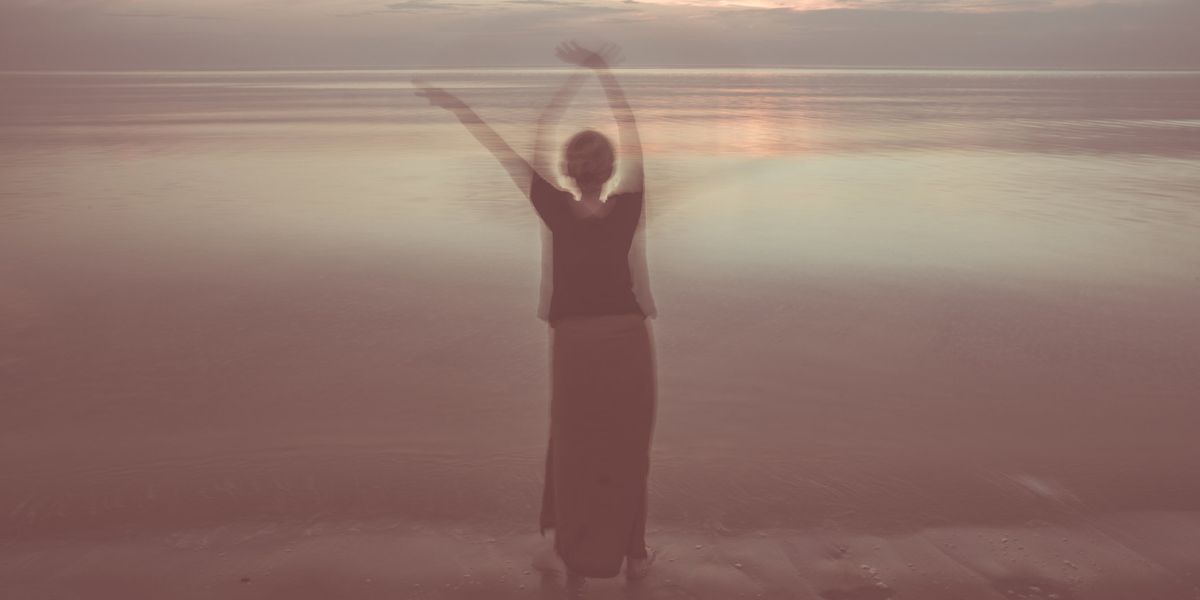The Importance of Dancing From an Embodied Perspective (Now More Than Ever)
Did you know that you can dance while being completely out of touch with your body? It seems counterintuitive. Yet the stress of daily responsibilities, through a pandemic nonetheless, takes its toll and we look for ways to escape or even numb over. With all of life’s uncertainty right now, it’s common—and often necessary—to disconnect, dissociate and suppress our thoughts and emotions. This contributes to what is known as disembodiment—disconnection from the body.
Dancing from a disembodied place can have major consequences on physical as well as mental health. The stress/injury connection is real. When we focus so much on the body and its physical abilities we often neglect the internal processes that manage our self-care, and ignore when the body needs a break.
So how can we break this cycle? It is all about embodiment.
Embodiment is a felt sense, a way to understand ourselves, make sense of our world and environment. It is a state of awareness from the inside out. According to Mark Walsh, embodiment facilitator and author of Embodiment-Moving Beyond Mindfulness, it is not just about being aware of the body but “being aware as a body.” Our body can be the greatest resource to prevent injury and promote overall health and wellbeing.
If we are able to tap into how the body feels before rehearsing, training or performing then we can be more aware of those areas that may be prone to injury or re-injury. Giving ourselves time to decompress after we dance allows for introspection and greater capacity for interoception—our sense of the internal state of the body. We begin to understand how the mind and body are connected, which helps to manage the stress that leads to injury and burnout.
How can we practice embodiment? Here are three steps to living a more embodied life:
Do a body scan:
Take a moment to identify all the parts of your body. Start from the head and go all the way down to the feet. Pay attention to any sensations without judgment. Practice this at least once a day for optimal benefits.
Breathe:
Take time to breathe. Practice diaphragmatic breathing (in through the nose and out through the mouth) to create space in the body and induce a state of calm and relaxation.
Practice mindfulness:
Pay attention to how your body is feeling by intentionally tuning in throughout the day. Be mindful of how you are moving and when you need a break.
Being more aware of our internal state means being more aware not only of our own bodies, but also of the world around us and the people in it. By living a more embodied existence, we can be more compassionate to ourselves and our neighbors.




